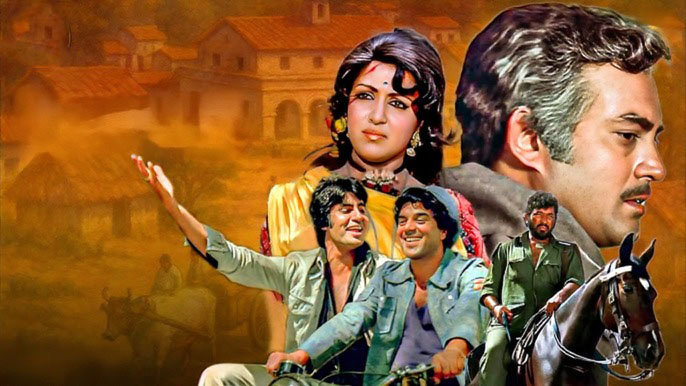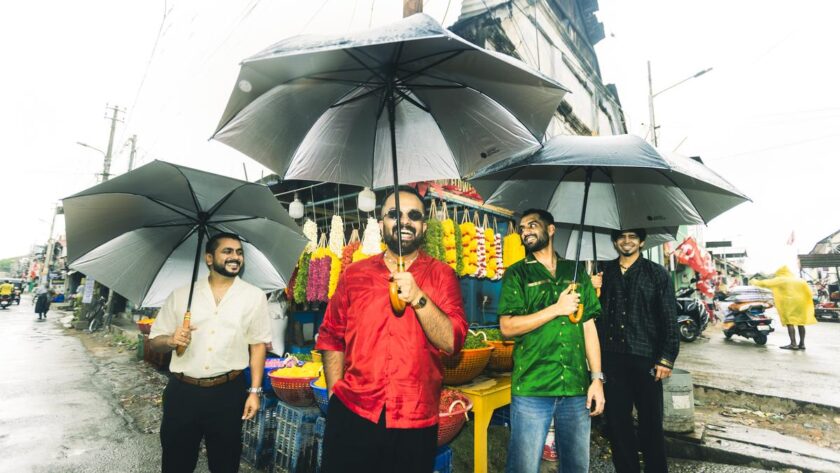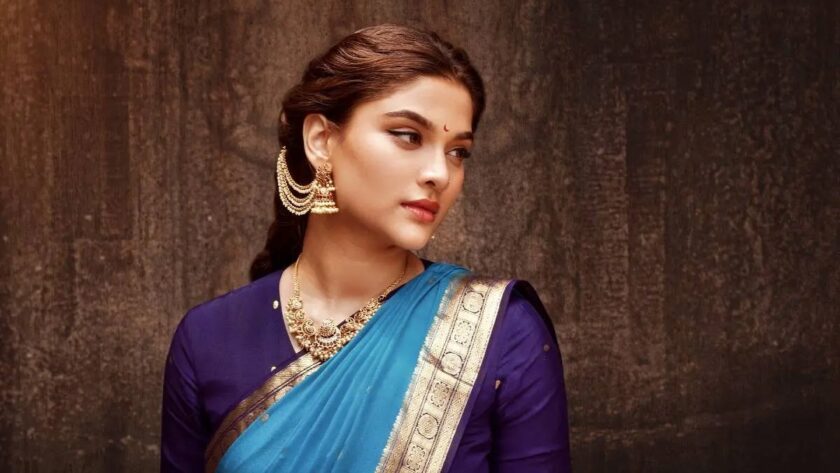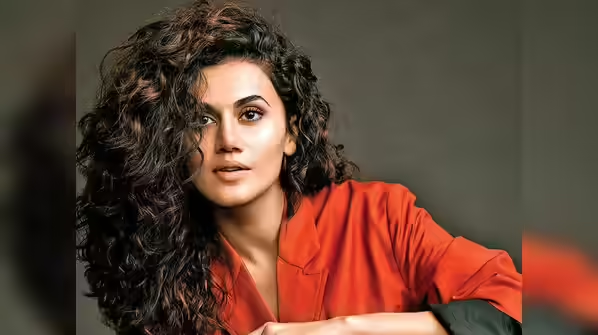Mumbai: On August 15, 1975, Indian cinema witnessed a moment that would forever change its destiny. A film called Sholay—directed by Ramesh Sippy, written by the iconic duo Salim–Javed—stormed into theatres with the quiet confidence of a gunslinger and the heart of an epic storyteller.
It didn’t just entertain. It didn’t just succeed. Sholay became a phenomenon—a cultural touchstone so deeply ingrained in India’s collective memory that half a century later, its echoes are still heard in conversations, advertisements, political speeches, and even memes.
This is the story of why Sholay, at 50, still towers like an unshakable monument over the landscape of Indian cinema.

A Rocky Start to a Timeless Triumph
It’s hard to believe now, but when Sholay first released, critics weren’t impressed. Reviews called it “too long,” “too mixed in genre,” and “too unconventional” for the audience of the time. Box-office returns in its first weeks were modest, and trade pundits predicted an early demise.
But then, something extraordinary happened—the people began talking. Word-of-mouth spread like wildfire. Audiences couldn’t get enough of its unforgettable characters, gripping storyline, and crackling dialogue. Soon, queues snaked outside theatres for hours.
At Mumbai’s Minerva Theatre, Sholay ran uninterrupted for five years—a feat so unprecedented that cinema didn’t have a name for it. “Silver Jubilee” and “Golden Jubilee” weren’t enough; Sholay had created its own league. With inflation-adjusted earnings of over ₹200 crore, it became the highest-grossing Indian film of its era.
A Masala Like No Other
Set in the fictional village of Ramgarh, Sholay tells the story of Thakur Baldev Singh (Sanjeev Kumar), a retired police officer who hires two small-time crooks, Jai (Amitabh Bachchan) and Veeru (Dharmendra), to capture the fearsome dacoit Gabbar Singh (Amjad Khan).
The plot seems straightforward, but Sholay is anything but simple. It is a melting pot of genres—part Western, part action drama, part romance, part comedy, part tragedy. One minute you’re laughing at Veeru’s drunken theatrics atop a water tank, the next you’re grieving over Jai’s quiet sacrifice. Basanti’s (Hema Malini) nonstop chatter adds lightness, while the silent widow Radha (Jaya Bhaduri) gives the film its emotional anchor.
This ability to shift tones without losing momentum was Sholay’s secret weapon. It appealed to everyone—from city sophisticates to rural audiences—because it offered something for all tastes without compromising on craft.
Legends in Flesh and Blood
Every character in Sholay is etched into cinematic history.
- Jai and Veeru redefined friendship on screen. Their banter, loyalty, and sacrifice made yaarana a cultural ideal. Amitabh’s stoic charm paired perfectly with Dharmendra’s playful energy.
- Gabbar Singh—played by a then-unknown Amjad Khan—changed the definition of an Indian villain. With lines like “Kitne aadmi the?” and “Yeh haath mujhe de de, Thakur!”, Gabbar became both feared and loved, a pop-culture force unto himself.
- Thakur Baldev Singh brought dignity and gravitas, his tragic loss driving the narrative.
- Basanti was bubbly resilience personified, and Radha was the quiet flame of unspoken love.
- Even side characters like Soorma Bhopali or the quirky jailer became unforgettable.
Dialogues That Outlived the Film
Salim–Javed’s writing was lightning in a bottle. Lines like “Jo darr gaya, samjho marr gaya” and “Basanti, in kutto ke saamne mat nachna” transcended the film to become part of everyday speech.
These weren’t just catchy phrases—they carried the heartbeat of the story: bravery, defiance, humor, and deep human connection. Even people who’ve never seen Sholay can quote it, which is perhaps the greatest testament to its cultural reach.
Breaking Technical Ground
For 1975, Sholay was a technical marvel.

Shot in 70mm with stereophonic sound—a rarity in Indian cinema at the time—it delivered an immersive experience. Cinematographer Dwarka Divecha’s sweeping shots of Ramgarh’s rocky terrain gave the film its epic feel, while the famous train robbery sequence set new standards for action filmmaking.
R.D. Burman’s music was just as influential. From the soul-stirring “Yeh Dosti” to the seductive “Mehbooba Mehbooba”, the soundtrack wasn’t just background—it was part of the film’s identity.
The Pulse of a Nation
In the politically tense atmosphere of the mid-1970s, Sholay reflected a yearning for justice and order. Gabbar represented unchecked lawlessness; Thakur’s quest mirrored the public’s desire for accountability. Themes of sacrifice, honor, and unity resonated deeply in a country still shaping its post-independence identity.
And then there was the imagery—Jai and Veeru riding their bike, Thakur’s armless silhouette, Basanti steering her tonga—that became permanently stitched into India’s visual memory.
The Ending That Could Have Been
Originally, Sholay had a darker climax: Thakur kills Gabbar in a brutal act of revenge. But during the Emergency period, the Censor Board insisted on altering it to avoid glorifying violence. The released version ends with Gabbar’s arrest instead, aligning with law-and-order ideals.
This “lost ending” has since become a subject of endless fan debate. Would it have made the film even more powerful, or undermined Thakur’s moral arc? We’ll never know—but the fact that people still discuss it 50 years later says everything about Sholay’s grip on the imagination.
Five Decades Later… Still Riding High
From 3D re-releases to streaming platforms introducing it to Gen Z, Sholay has never left the public consciousness. Its influence can be felt in everything from blockbuster filmmaking formulas to advertising campaigns.
It’s not just nostalgia keeping it alive—it’s relevance. Friendship, courage, humor in the face of adversity… these are timeless. And Sholay delivers them with a swagger no film has quite replicated.
A Fire That Never Burns Out
Half a century on, Sholay is more than a film—it’s part of India’s cultural DNA. It set the gold standard for what a big-screen experience should be: thrilling, moving, and unforgettable.
Whether you’ve watched it a hundred times or are discovering it for the first time, Sholay still has the power to make you cheer, laugh, cry, and hum along.
In Jai’s own words: “Jo darr gaya, samjho marr gaya.” Fear may fade—but legends, as Sholay proves, never die.





